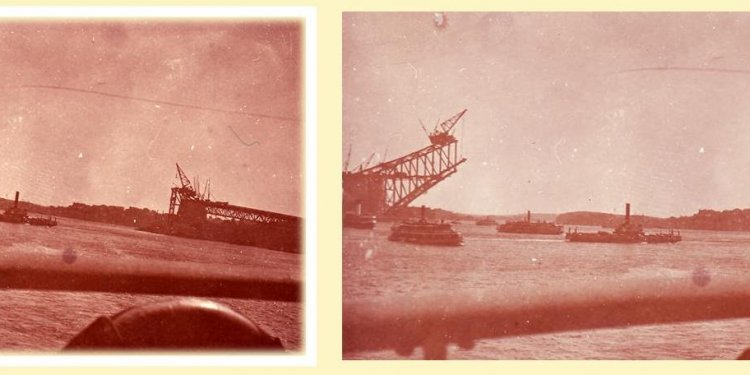
Australian cultural heritage
Australian cultural material is an important part of Australia's heritage and national identity. We protect Australia’s unique cultural heritage from leaving the country and being lost to future generations of Australians.
Cultural material may be considered significant for ethnological, historical, literary, artistic, scientific or technological reasons. Examples include Indigenous art, heritage machinery, precious stones, historical documents, furniture, and stamps.
The significance of an object is based on its age, value, rarity, representation in public collections and significance.
We regulate the export of Australia’s cultural material under the (PMCH Act). The aim is not to restrict normal and legitimate trade in this material, nor does it affect your right to own or sell it within Australia.
Australian protected objects
Objects regulated under the PMCH Act are known as Australian protected objects.
If you are unsure if material is considered an Australian protected object, there are two lists that you can consult:
If you try to export an Australian protected object without an export permit, you could have the object seized, be fined, or face jail time.
Freight companies could also be prosecuted if they export an Australian protected object even if their only role is transporting the material. Freight companies should confirm that the owner either has a permit or is satisfied that they do not need one.
Permits, general permits and certificates of exemption
You should apply for an export permit if you want to permanently or temporarily export significant cultural heritage material from Australia.
Permanent and temporary export permits
The export permit application process involves three steps:
- The Minister, or their delegate, makes the final decision about granting an export permit which can include conditions, such as a time limit for the temporary export of the object.
An application for export permit can have three possible outcomes:
- The material is not an Australian protected object, therefore the PMCH Act does not apply to the material and you will not need an export permit.
- The material meets the criteria to be an Australian protected object and its export would not significantly diminish Australia’s cultural heritage and you will be issued an export permit.
- The material meets the criteria to be an Australian protected object and its export would significantly diminish Australia’s cultural heritage and you will be denied an export permit.
To apply for a permit, fill out this application form and email your completed form to us.
The process can take many months and you should factor this into any commitments you make when buying or selling. You can give the notice or the permit to Australian authorities when you export the object.

















